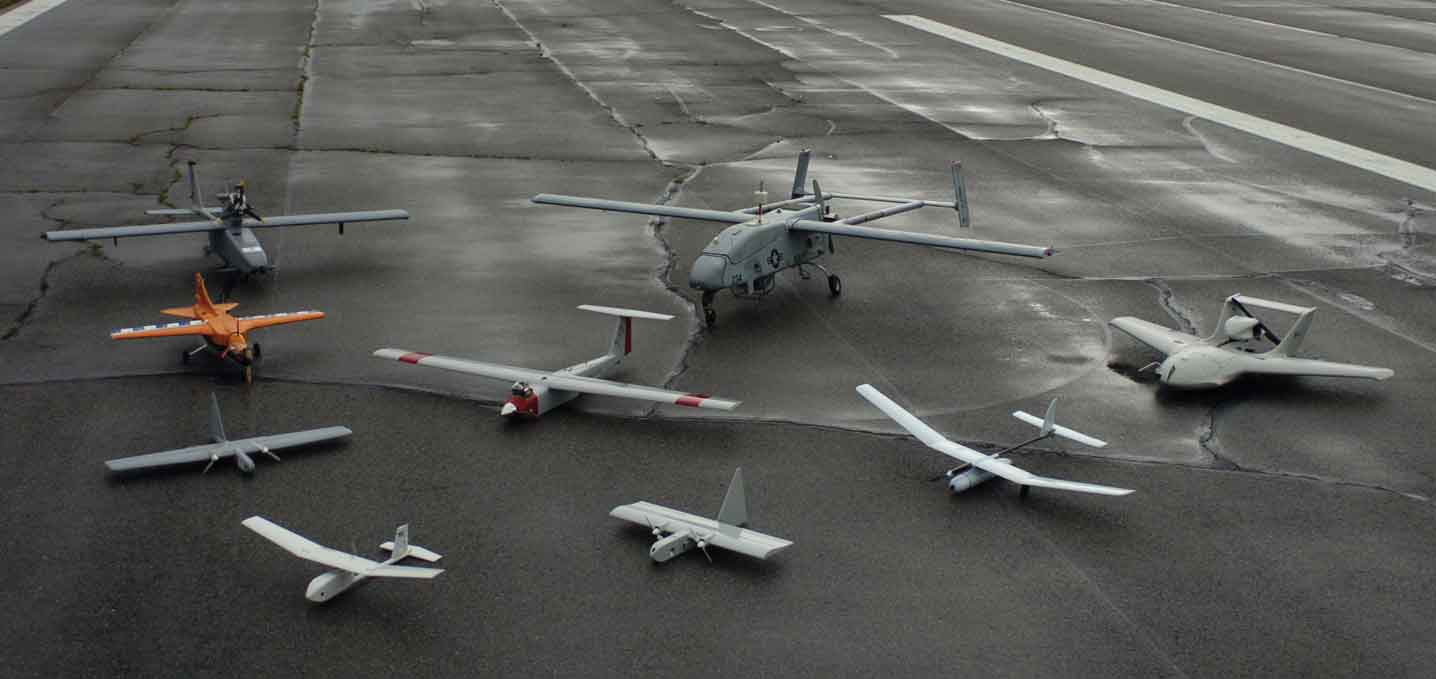
Various Unmanned Aerial Vehicles. Pictured are (front to back, left to right) RQ-11A Raven, Evolution, Dragon Eye, NASA FLIC, Arcturus T-15, Skylark, Tern, RQ-2B Pioneer, and Neptune.
India’s holdings of unmanned systems are clearly inadequate for a country of this size. This is, perhaps, due to uncertain commitment from the users in the past, inadequate funding and over-reliance on the DRDO’s ability to deliver. Consequently, precious time has been lost. Pakistan is well on the way to acquiring a respectable unmanned military capability with assured help from China. China itself has forged so far ahead that India has no realistic hope of matching its capability in the foreseeable future. Concerted efforts are, therefore, necessary to equip the country’s armed forces with adequate UAVs and other unmanned systems for critical ISR tasks as well as to meet the threat of cross-border terrorist attacks. It will help them better address the complex security challenges the country faces.
When it comes to the development of advanced weapon systems, India has so many things going for it…
The world’s military forces are going unmanned – some quickly, others gradually. And India is no exception. After a rather desultory phase lasting two decades, when the high cost of imported systems kept their numbers low, the future is beginning to look distinctly brighter for the nation’s armed forces. The government’s ‘Make in India’ initiative, despite scepticism from some quarters, is encouraging private firms to take interest in manufacturing unmanned surveillance devices and weapon systems for use by the Indian Army, the Indian Navy and the Indian Air Force (IAF). This also offers an excellent opportunity to break the stranglehold of the state-owned Defence Research and Development Organisation (DRDO) over all research and development activities into unmanned systems in the country. And it comes not a day too soon, because not only are India’s potential adversaries rapidly building up their unmanned capability, but a variety of non-state actors are likely to follow suit.
For decades the United States (US) held the edge in the development and use of unmanned systems, especially of the airborne variety, with Israel close behind. Few other countries had access to the technology and even fewer actually used such systems to carry out strikes or attacks. But now more military forces are venturing down the unmanned route, convinced of the manifest advantages of such systems.
Unmanned Aerial Vehicles (UAV) or “drones” as they are loosely called were originally used purely for reconnaissance. They are now routinely employed for communications, Electronic Warfare (EW) and a plethora of other roles. Indeed the variety and number of a nation’s inventory of UAVs and their fiery cousins, Unmanned Combat Air Vehicles (UCAV), is already a key predictor of its military might.
Proliferation Problems
Although the so-called “armed drone attacks” especially against terrorist leaders in the Middle East, Afghanistan and Pakistan attract global attention, the US is by no means alone in developing and deploying UCAVs and other unmanned systems. Russia is making good progress while keeping a low profile. China, which of late seems anxious to publicise its military prowess, claims growing capability across the spectrum of unmanned systems. It is beginning to threaten US dominance in some aspects. In November 2016, China Aerospace Science and Technology Corporation (CASC) used the Zhuhai Airshow to publicly display a prototype of its Cai Hong 5 (Rainbow 5, or CH-5). It is reportedly the world’s most advanced and powerful UCAV. It can patrol a hostile region for up to 32 hours, armed with a stunning arsenal of 16 air-to-ground missiles.
Pakistan already boasts of an indigenous armed UAV…
China has few inhibitions about sharing its weapons with countries such as Pakistan, Iraq, Nigeria, Saudi Arabia, Egypt and the United Arab Emirates. Pakistan is quite likely to be a recipient of the CH-5 export variant, not too long from now. Indeed, Pakistan already boasts of an indigenous armed UAV. In September 2015, the country’s military forces fired a laser guided air-to-surface missile named ‘Barq’ from the Burraq drone. It was the first time the Burraq was used in a live military operation. Analysts believe it was developed with Chinese assistance and is closely related to China’s own CH-3 UAV. China is destined to grow as a global exporter of UAVs and UCAVs and decades of US attempts to curb the spread of armed systems seem set to fail.
Of greater concern are reports that militant groups like the Islamic State (ISIS) and Hezbollah have begun to use civilian drones bought off-the-shelf to observe Coalition and Iraqi military activity and even to deliver crude explosive devices. Though these armed drones – some analysts term them flying IEDs – are too small to cause much damage, they have significant nuisance value and may lower the morale of the forces they target. In future, non-state actors may resort to more sophisticated systems like autonomous drone swarms that will be much harder to intercept. And it is only a question of time before terrorists in this part of the world begin to adopt similar tactics.
Tapas Triumphs
When it comes to the development of advanced weapon systems, India has so many things going for it – a strong industrial base, vast human resources and the determination of many of its firms to constantly innovate. However, till now, unmanned military systems have been under the exclusive purview of the Indian Defence Research and Development Organisation (DRDO). DRDO has managed to make steady if unspectacular progress. Its latest milestone was the first flight of the Rustom-2 prototype on November 16, 2016. The Rustom-2 (re-designated Tapas 201) Medium Altitude Long Endurance (MALE) UAV took off from the Chitradurga Aeronautical Test Range (ATR) in Karnataka and landed after ten minutes. The mission achieved the modest objective of proving the flying characteristics of the platform, including take-off, level flight, ability to carry out turns and landing. Intensive flight testing to validate the design parameters is scheduled to continue for a period that may extend to a year or more. The DRDO plans to produce ten such UAVs for test flights and follow an accelerated testing schedule so as to achieve flight certification in the shortest possible time. User validation trials will follow certification.
Till now, unmanned military systems have been under the exclusive purview of the Indian Defence Research and Development Organisation (DRDO)…
The Tapas 201 has a length of 9.5m, wingspan of more than 20m and an empty weight of 1,800kg. Its maximum speed is just 225 kmph, but it has an impressive endurance of more than 24 hours and it can operate up to an altitude of 35,000 ft above mean sea level. Based on the earlier Rustom-H variant, its lightweight airframe features an enhanced aerodynamic configuration, digital flight control and advanced navigation system. Tapas 201 takes off and lands from a runway which makes it safer to operate than older DRDO models. Its fuselage was built by Taneja Aerospace & Aviation Ltd (TAAL), a private aerospace firm that specialises in manufacture of aircraft structural assemblies.
The all-weather UAV is designed to carry a range of advanced equipment including Electro-magnetic Intelligence (ELINT), Communication Intelligence (COMINT), Synthetic Aperture Radar (SAR), Maritime Patrol Radar (MPR), radio altimeter, transmitting and receiving antennae and situational awareness payloads of up to 350kg. It can fly either autonomously with an onboard flight control system that uses waypoint navigation or in manual mode controlled by an operator on the ground. The Tapas 201 is optimised for Intelligence, Surveillance and Reconnaissance (ISR) tasks. It currently has no armed capability. The Indian armed forces are expected to order a total of around 80 of these UAVs to begin with. The naval variant will have specialised maritime surveillance sensors.
A Brief History of DRDO’s Unmanned Endeavour
Before Rustom-2, there was Rustom-1 MALE UAV that first flew in October 2010 and since then has undergone much testing. It is an all-weather system designed to operate at medium to long ranges and gather near real time, high quality imagery and signals. It was the first indigenous UAV with conventional take-off and landing capability. Although it has been undergoing trials to integrate the indigenous HELINA anti-tank missile, these efforts have failed to bear fruit. The Indian Army wants DRDO to speedily complete the Rustom-1 project and will place orders only if its performance is found satisfactory.
The Nishant UAV that entered service earlier is now in limbo. The Nishant is a 340-kg UAV, with endurance of 4.5 hours, developed by the Aeronautical Development Establishment (ADE), a unit under the DRDO. It is a highly mobile, compact and easily deployable all-weather, day and night system, designed for various missions such as surveillance, battlefield reconnaissance, artillery correction, target tracking and localisation. It is catapult-launched and parachute-recovered. The Nishant first flew in 1995 but was handed over to the Indian Army only in 2013. The Indian Army had projected an initial requirement of 12 Nishant systems. However, all four UAVs supplied reportedly crashed by November 2015. Although the DRDO insists that the programme is alive and well, the Army is apparently dissatisfied and does not plan any fresh induction.
Much more successful is the ADE-designed and developed Lakshya reusable aerial target system. Lakshya-2 is an advanced variant and has autonomous flight capability even at low level. It is suitable for training of crews for operating Beyond Visual Range (BVR) and cruise missiles. Another successful product is Netra, a lightweight, autonomous UAV for surveillance and reconnaissance especially useful for anti-terrorist and counter-insurgency operations. Netra was jointly developed by the DRDO and ideaForge, a Mumbai-based private company.




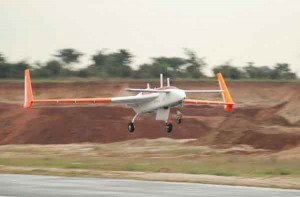
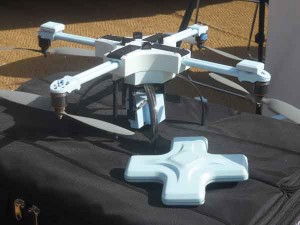
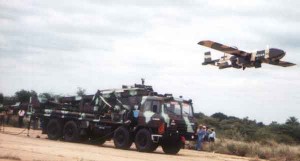
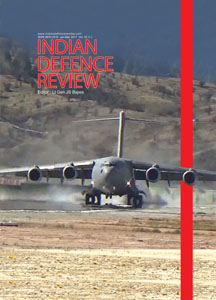

DRDO really fill us proud & I proudly says that we live in a country to be prooud. Thanks DRDO we really proud of you. Thank You Soooooooooooooooomuch